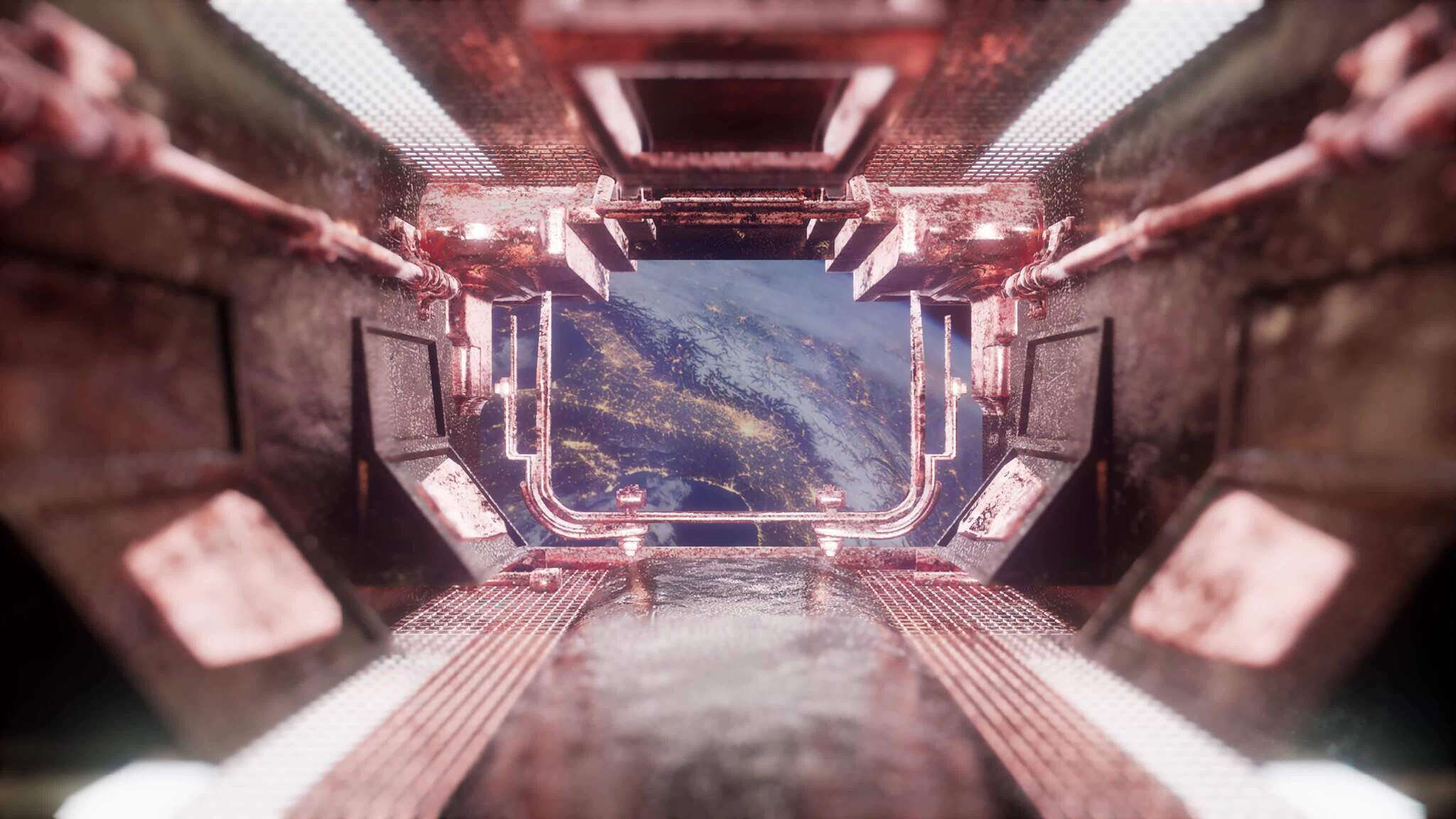A common question that I get asked a lot is "what does a compressor do?"

A common question that I get asked a lot is "what does a compressor do?" Many people are actually quite surprised when I tell them that a compressor actually makes the music louder. Yes, a compressor does exactly what it says - it makes the music louder. In fact, a compressor can even turn something flat and boring into something very loud and exciting.
So what does a compressor do? It increases the volume of a signal. Now, this isn't exactly the same as a speaker increasing the volume of a signal. The signal comes through a speaker or an amp, and the speaker adds a tonal quality to the signal to make it louder. A pedal instead adds another level of signal processing to the signal and thus makes it louder.
The basic idea behind increasing the volume of a signal with a compressor is called threshold effects. The threshold (or limiting) of the effect is set at a certain point, usually around -10dB, so that when the signal gets to that threshold, the compressor will start to kick in and start increasing the signal's level. If the signal gets to or above your threshold level, then you'll hear nothing. If the signal gets below your threshold level, then your signal will get amplified very slightly (for those high frequency sounds like bass and guitar).
Some compressors have true digital limiting. True digital limiting allows you to set a gain reduction level that will minimize any undesirable signal peaks. Digital limiting is great for limiting drum loops, vocals and other sounds that don't quite want to reach their peak performance potential. But many compressors have a digital notch control called a "fat" knob that allows you to cut unwanted sound frequencies short, effectively limiting those sounds to a lower frequency.
Many compressors have some extra features besides limiting. For example, if you need to turn something up very loud, you can do this with a compressor. You can also use compressors for adding other sound effects to a mix. One common effect used with a compressor is called "air compression." This is where the compressor creates a "wall" of sound around the sound source so that all the sounds are compressed to a smaller volume. It can be used on rap beats, rock songs and more.
What does a compressor do that other methods don't? It can add a cardioid, non-amping tone. Auto-pumping compressors are famous for this feature. Auto-pumping compressors (sometimes called "mp3" compressors) have a special algorithm which determines the compression level and how long the tone remains constant. This is a special and rather ingenious characteristic of auto-pump compressors. Other compressors will just randomly compress and change the tone.
Another useful characteristic of a compressor is its ability to control the overall volume level. In other words, a compressor can control the total level of the overall sound. Most compressors have an attack (or attack phase) of just short lengths of time, which results in quick changes in overall volume (the compressor "singles out" the high gain elements of the signal and leaves the lows and mids alone). Many engineers prefer to start the attack of a track with the high gain levels and leave the overall volume level to the compressor.
The last thing that a compressor does is compressors actually control clipping. If you remember your high school physics class, you recall that electricity flows in a predictable fashion when electricity is applied to a conductive metal or wire. If you apply more electricity to the wire than it can handle, the wire begins to deteriorate and the metal plating corrodes or gets permanently damaged. The same thing happens to compressed air as the compressed air is blown through it. The amount of compression and the duration of the compression determine the wire damage and therefore the length of the wire that is damaged.